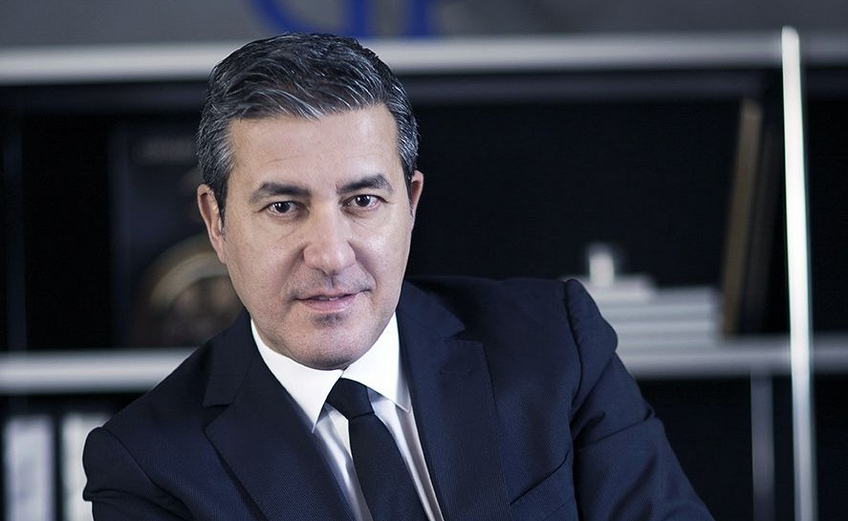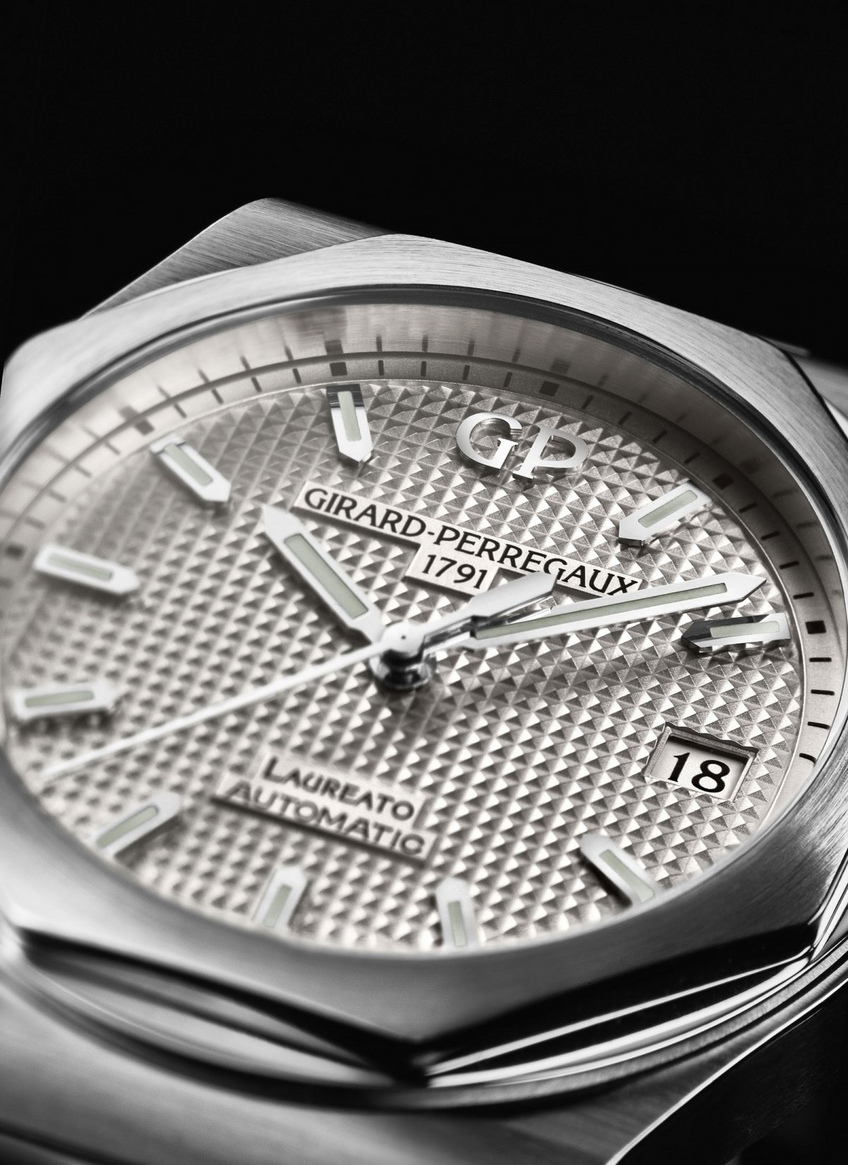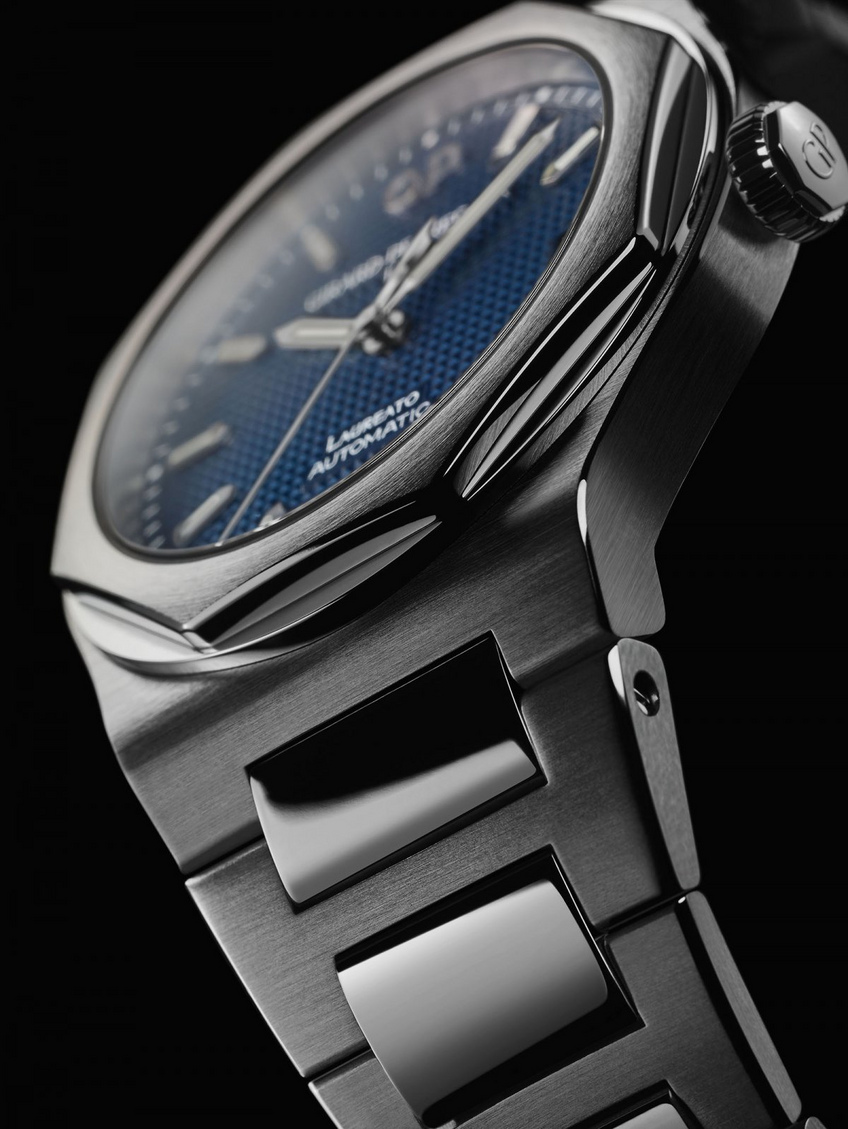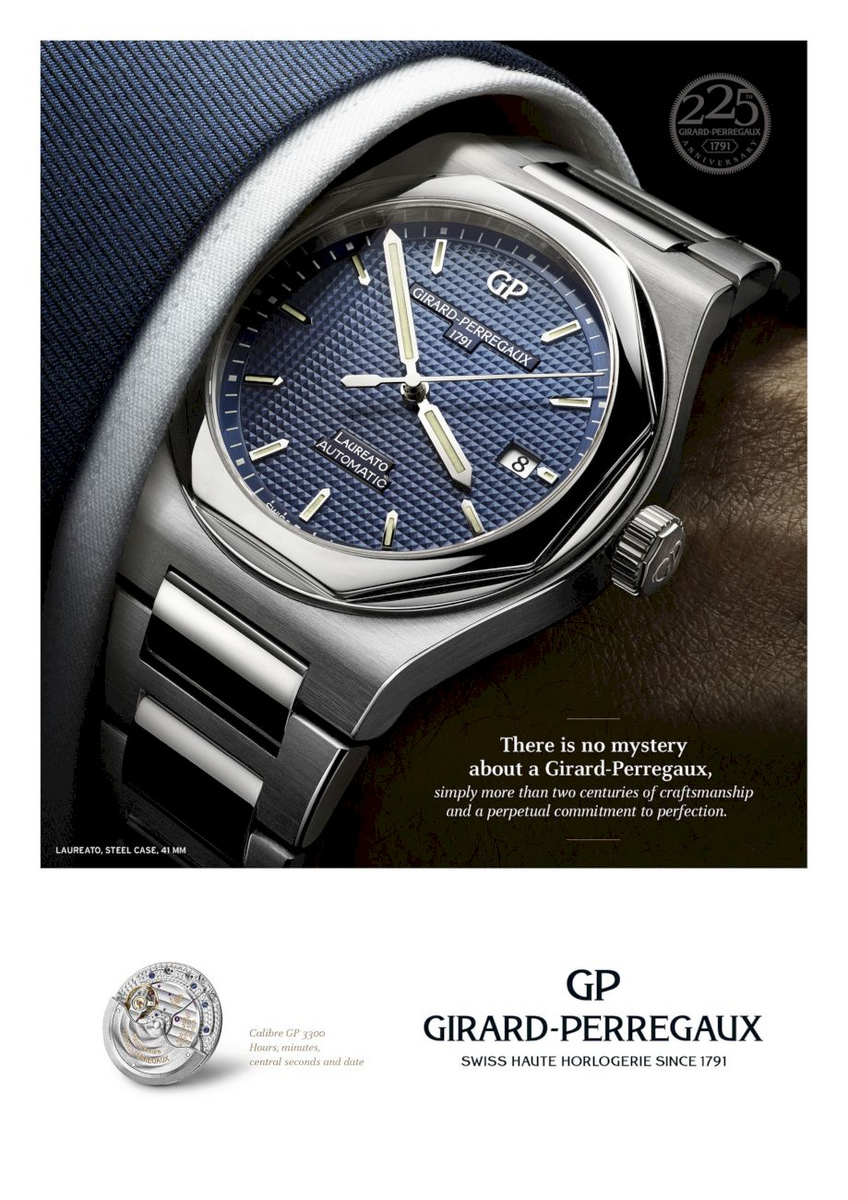

Girard Perregaux: “The Laureato has become a family”
The brand's strategy for 2017 follows three main lines – introducing four new Laureato models, publishing a book about the brand’s 225 years of history, and celebrating the 150th anniversary of the three-bridge tourbillon. Here is our interview with Antonio Calce.
Aficionados and collectors had been waiting for the comeback of the Laureato for years. Finally, last year, the model returned to the watchmaking scene in the form of a limited edition paying tribute to Girard-Perregaux’s 225-year jubilee. You can read our article about this model here.
Following the success of the 2016 edition, Girard Perregaux has given the Laureato its rightful place – recognizing it as a contemporary watch with an advanced and unique design, high accuracy and good taste. Said attributes are timeless and thus confer the watch an iconic touch.

A young heritage
And, of course, a whole Laureato family followed in 2017 as part of Girard-Perregaux’s collection. As CEO Antonio Calce explained: “the piece is available in four models, which feature different sizes, Haute Horlogerie complicated movements – either automatic or quartz – with steel or gold cases. The models come either in a combination of these materials or including titanium. The introduction of the Laureato will make it possible to revive the 1970s iconoclast watch. We must make the most of Girard-Perregaux’s incredible history whilst at the same time try not to check the rearview mirror constantly. The challenge lied in rejuvenating the brand while keeping in mind its history and legacy so that we could attract more enthusiasts and seasoned collectors”.
Girard-Perregaux has instilled all its legitimacy in these stylish timepieces that were designed for fans of watches with distinctive design, technicality and “art-de-vivre”. The Laureato range has hitherto never been so comprehensive. We have to give credit where credit is due. The most significant watch of this collection is the Laureato Tourbillon, which embodies all of Girard-Perregaux’s historical skills. Its 45-mm titanium and gold-specked case houses the GP09510 caliber.
Entirely produced by the manufacture based in La Chaux-de-Fonds, the movement assumes the same structure, iconic design and signature aesthetic of Girard-Perregaux's three-bridge golden tourbillons, which is a signature that stands out among others.

Masculine elegance
The 42-mm Laureato is the second member of the new family and can be worn every day. Its very useful indications will appeal to men of good taste. Only 10.16-mm wide, it is available in three different dials (silver grey, slate grey and blue), all featuring the “Clou de Paris” pattern. Driven by the GP01800 movement, its traditional and detailed finishing means that it is the Manufacture's spearhead model.
A flexible icon
The strength of iconic watches is revealed when they are able to overcome the gender barrier. The 38-mm La Laureato is offered in both men and women versions. With three different dial colors, it comes in steel, steel with a bezel set with 56 diamonds, and in 18K pink gold. Each one of them comes with straps in either alligator leather or the same metal as that chosen for the case. Both versions house the GP03300 movement. The automatic mechanical caliber has been entirely produced in-house by Girard-Perregaux.

Feminine grace
The 34-mm Laureato is a slim watch. Indeed, the volume of the 34-mm x 7.75-mm piece is ideally proportioned thanks to its ultra-thin in-house quartz movement. It may seem quite surprising that the movement is quartz but it should be noted that 1970s Laureato was created to house a quartz movement. Furthermore, Girard-Perregaux, a pioneer in the use of this movement, was also the first brand to integrate a quartz movement in watches for women in 1975. The 34-mm Laureato shines bright since it is set with precious stones. Available in steel, gold or in a combination of both, the Girard-Perregaux icon is also available in a version set with 56 diamonds varying in size, carat count and positioning.

A legend is born
In the mid-1970s, the art of designing went through significant transitions. For example, in watchmaking, there was a pressing demand for an exclusive piece. The need for an elegant sports watch with remarkable aesthetics resulted in models that fitted the case and the strap together. Both elements had to fuse and become one. It was in Italy that the brand found what it was looking for when they entrusted an architect from Milan to study watch design. According to him, the instantaneously distinctive feature of timepieces was the bezel.
As a result, the brand gave its bezel an octagonal shape inside a circle. For a better play of light, the octagon's eight angles were linked by harmonious curves that combined completely polished convex and concave surfaces. Who needs straight and neat lines, hey?
 Girard-Perregaux Calibre GP01800-0013
Girard-Perregaux Calibre GP01800-0013
Chronometric performance
As far as technicality is concerned, Laureato's 1975 movement was another surprise. Four years after the (relatively large) first quartz movement produced in Switzerland was introduced, Girard-Perregaux's engineers came up with a particularly thin and compact movement, which was fitted to the Laureato. Its chronometric performance was astonishing. The movement passed the official accuracy tests easily. Thanks to this piece, Girard-Perregaux became the watchmaking Manufacture with the most quartz chronometer certificates in the following years. The Laureato is here to stay and lives up to its name.

Visual identity, a legendary tourbillon
The three bridges are an integral part of the visual identity of the brand established in La Chaux-de-Fonds, which was originally devoted to creating tourbillons when it was founded in the 1850s.
At the time, the watchmaker from La Chaux-de-Fond Constant Girard-Perregaux created a piece that was awarded a first class prize from the Neuchâtel Observatory. Its tourbillon movement was made of three parallel bridges under which the barrel, the centre-wheel and the tourbillon were aligned.

A century later, Girard-Perregaux reproduced the icon and the complicated mechanical watches in which it was fitted became a huge success. Today, the three bridges have become the brand's DNA while also being a fully-fledged design element.
The new Laureato collection will take advantage of its communication strategy, which will focus on the book looking back on the 225 years of Girard-Perregaux and the legendary 'three-bridge' tourbillon. As Antonio Calce put it, it was undoubtedly the innovation at 2017 SIHH. He cheerfully said: “This year, we will celebrate the 150th anniversary of this invention. (Editor’s note: the three gold bridge tourbillon). It's exceptional. In addition, we have taken an interesting step further in terms of our signature features – we no longer need to affix the 'GP' initials on one of the bridges for people to identify it. Nevertheless, we hope to create a range of products around the ‘GP’ inscription”.

He went on to specify: “In addition to the traditional ‘three bridges' that have been used for 150 years, the objective was to create three price segments. The top of the price segment is a tourbillon. A high complication will be placed in the middle range and a basic complication will be offered at the bottom of the pyramid. The first piece created was the Neo-Bridge model. Entirely produced in-house, it was equipped with a large variable-inertia balance of a low 3Hz frequency. It cost CHF 24,000. The price is reasonable for a 'three-bridge' signature”. The message is loud and clear: Girard Perregaux intends to include more affordable watches in its fine-watchmaking collection.




